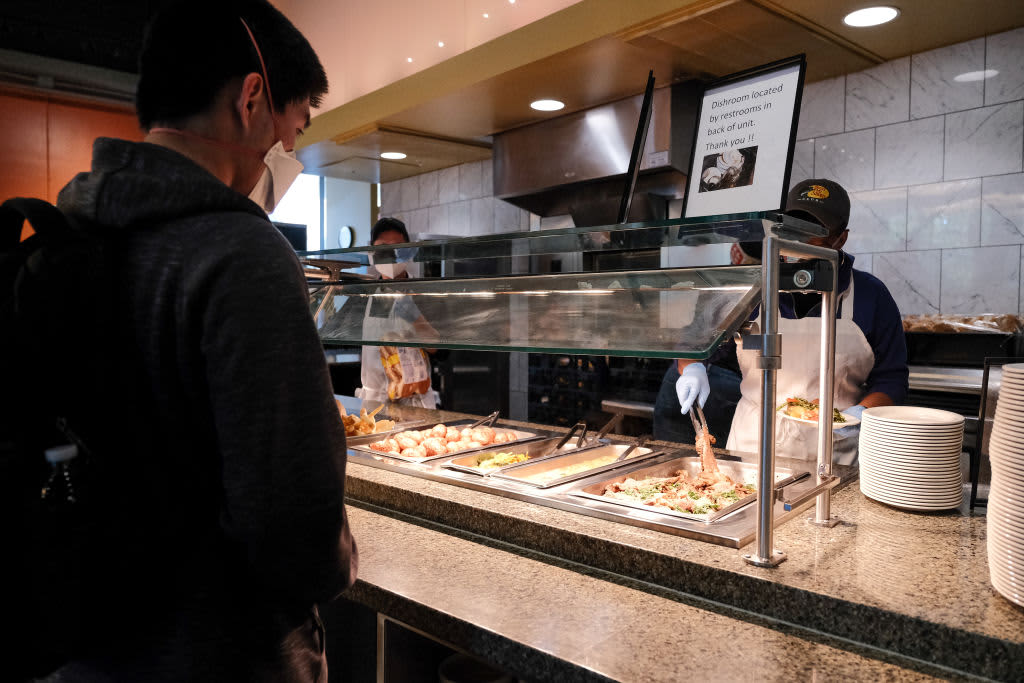Food insecurity is a growing issue on college campuses across the country, with an increasing number of students struggling to afford nutritious meals on a regular basis. This is not only detrimental to students’ health and well-being, but it can also have a negative impact on their academic performance. Colleges and universities have a responsibility to address the issue of food insecurity among their students and take steps to ensure that all students have access to affordable, nutritious food. Here are four ways colleges can address food insecurity among college students:
1. Establish a campus food pantry: One of the most effective ways colleges can address food insecurity among students is by establishing a campus food pantry. This provides students with access to free or low-cost groceries, ensuring that they have enough food to eat throughout the semester. Many colleges already have food pantries in place, but expanding and promoting these resources can help reach more students in need.
2. Implement meal swipe programs: Another way colleges can address food insecurity is by implementing meal swipe programs, where students can donate unused meal swipes to fellow students in need. This allows students to access nutritious meals on campus without having to worry about the financial burden. Meal swipe programs can help reduce food insecurity among students and create a sense of community on campus.
3. Provide financial assistance for students in need: Colleges can also provide financial assistance to students who are struggling to afford food. This can take the form of emergency grants, scholarships, or meal vouchers that can be used at on-campus dining facilities. By providing financial assistance to students in need, colleges can ensure that all students have access to the resources they need to succeed academically.
4. Offer cooking classes and nutrition education: In addition to providing access to food, colleges can also offer cooking classes and nutrition education programs to help students make healthy and affordable food choices. These programs can teach students how to prepare meals on a budget, shop for groceries, and create nutritious meal plans. By equipping students with the skills and knowledge they need to make healthy food choices, colleges can help students overcome food insecurity and improve their overall health and well-being.
In conclusion, food insecurity is a pressing issue on college campuses that requires immediate attention and action. By establishing campus food pantries, implementing meal swipe programs, providing financial assistance, and offering cooking classes and nutrition education, colleges can take concrete steps to address food insecurity among their students. It is crucial for colleges to prioritize the health and well-being of their students and ensure that all students have access to affordable, nutritious food.
